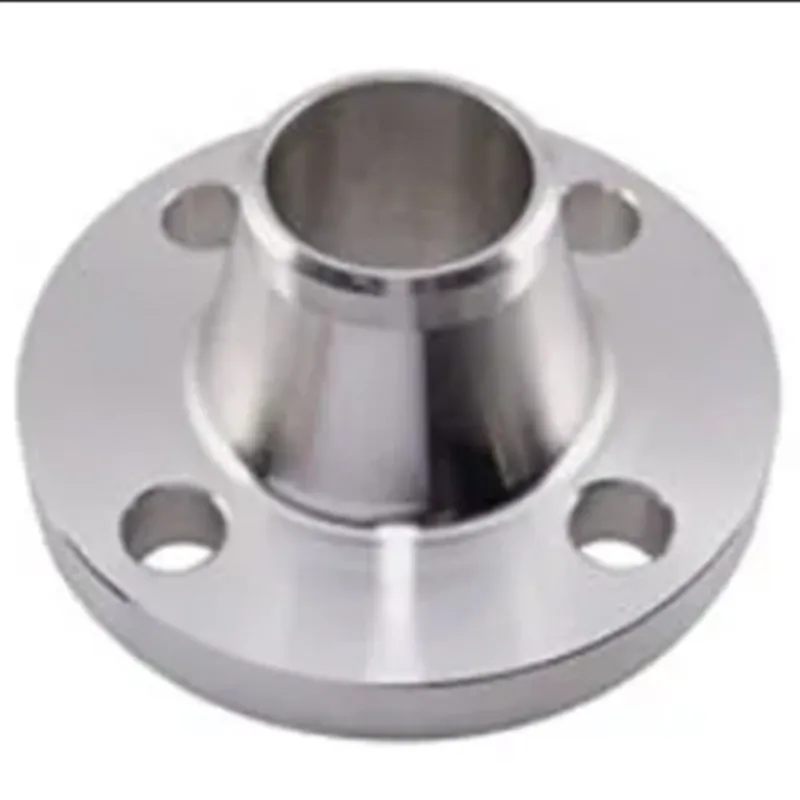-
Cangzhou Yulong Steel Co., Ltd.
-
Phone:
+86 13303177267 -
Email:
admin@ylsteelfittings.com
- English
- Arabic
- Italian
- Spanish
- Portuguese
- German
- kazakh
- Persian
- Greek
- French
- Russian
- Polish
- Thai
- Indonesian
- Vietnamese
- Zulu
- Korean
- Uzbek
- Hindi
- Serbian
- Malay
- Ukrainian
- Gujarati
- Haitian Creole
- hausa
- hawaiian
- Hebrew
- Miao
- Hungarian
- Icelandic
- igbo
- irish
- Japanese
- Javanese
- Kannada
- Khmer
- Rwandese
- Afrikaans
- Albanian
- Amharic
- Armenian
- Azerbaijani
- Basque
- Belarusian
- Bengali
- Bosnian
- Bulgarian
- Catalan
- Cebuano
- China
- China (Taiwan)
- Corsican
- Croatian
- Czech
- Danish
- Esperanto
- Estonian
- Finnish
- Frisian
- Galician
- Georgian
- Kurdish
- Kyrgyz
- Lao
- Latin
- Latvian
- Lithuanian
- Luxembourgish
- Macedonian
- Malgashi
- Malayalam
- Maltese
- Maori
- Marathi
- Mongolian
- Myanmar
- Nepali
- Norwegian
- Norwegian
- Occitan
- Pashto
- Dutch
- Punjabi
- Romanian
- Samoan
- Scottish Gaelic
- Sesotho
- Shona
- Sindhi
- Sinhala
- Slovak
- Slovenian
- Somali
- Sundanese
- Swahili
- Swedish
- Tagalog
- Tajik
- Tamil
- Tatar
- Telugu
- Turkish
- Turkmen
- Urdu
- Uighur
- Welsh
- Bantu
- Yiddish
- Yoruba

Dec . 07, 2024 06:37 Back to list
en1092 1 01
An Overview of EN 1092-12001 Flange Standards
The EN 1092-12001 standard is a crucial part of the European norm that dictates the specifications for flanges in piping systems. This standard ensures safety, reliability, and compatibility in various industrial applications by providing detailed specifications that manufacturers, engineers, and operators must adhere to. Understanding this standard is crucial for professionals dealing with pipeline construction and maintenance.
What is EN 1092-12001?
EN 1092-12001 is a European standard that specifies the requirements for metallic flanges intended for use in pipeline systems. These flanges are used to connect pipes, valves, pumps, and other equipment to form a piping system that can transport various fluids, including water, oil, gas, and chemicals. The standard outlines several aspects of flange design, including dimensions, tolerances, pressure rating, material properties, and testing methods.
The EN 1092-1 standard provides specifications for different types of flanges, including
- Flat Flanges Designed with a flat surface to create a tight seal when bolted together with another flange. - Raised Face Flanges These flanges have a raised area around the bolt holes, providing a better sealing surface. - Ring Type Joint Flanges (RTJ) These are designed for high-pressure applications and utilize a ring gasket for better sealing. - Blind Flanges Used to close the ends of piping systems.
Importance of Consistency and Compatibility
One of the primary goals of EN 1092-12001 is to ensure consistency and compatibility among the flanges manufactured by different companies. When flanges are made according to a standardized specification, they can be interchanged without issues, facilitating repairs, expansions, and modifications within pipe systems. This interchangeability is critical in ensuring the integrity and reliability of piping systems, particularly in industries such as oil and gas, water treatment, and chemical processing.
en1092 1 01

Material Specifications
The EN 1092-1 standard encompasses a range of materials suitable for flange manufacturing. These materials must meet certain mechanical and chemical properties to ensure they can withstand the operational pressures and temperatures typical in piping applications. Common materials specified include carbon steel, stainless steel, and various corrosion-resistant alloys. The selection of material is crucial in determining the longevity and reliability of flanges, particularly in corrosive environments.
Pressure Rating
The pressure rating of a flange is a significant factor in its suitability for different applications. EN 1092-12001 defines various pressure classes under which flanges can be categorized. These ratings depend on the flange's material and the application for which it is intended. High-pressure applications necessitate flanges that can withstand significant internal forces and stresses. Therefore, adhering to the specified pressure ratings in EN 1092-1 helps prevent incident risks that may arise from flange failures.
Testing and Quality Assurance
The standard also outlines quality assurance procedures and testing requirements that manufacturers must follow. These include pressure testing, leak testing, and non-destructive testing methods to ensure that the flanges meet the required specifications and performance standards. Regular inspections and certifications based on the EN 1092-1 standard are crucial for maintaining the safety and efficacy of piping systems over time.
Conclusion
In summary, EN 1092-12001 is an essential standard in the realm of piping systems, impacting a wide spectrum of industries. By setting forth strict guidelines for flange dimensions, materials, pressure ratings, and testing methodologies, this standard safeguards the integrity and functionality of fluid transport systems. Understanding and complying with EN 1092-1 is paramount for engineers, manufacturers, and operators alike, ensuring safety, reliability, and efficiency in various industrial applications. As the industry continues to evolve, maintaining adherence to such standards is imperative in addressing new challenges and expectations.
Latest news
-
ANSI 150P SS304 SO FLANGE
NewsFeb.14,2025
-
ASTM A333GR6 STEEL PIPE
NewsJan.20,2025
-
ANSI B16.5 WELDING NECK FLANGE
NewsJan.15,2026
-
ANSI B16.5 SLIP-ON FLANGE
NewsApr.19,2024
-
DIN86044 PLATE FLANGE
NewsApr.19,2024
-
DIN2527 BLIND FLANGE
NewsApr.12,2024
-
JIS B2311 Butt-Welding Fittings LR/SR 45°/90° /180°Seamless/Weld
NewsApr.23,2024
-
DIN2605-2617 Butt-Welding Fittings LR/SR 45°/90°/180° Seamless/Weld
NewsApr.23,2024











